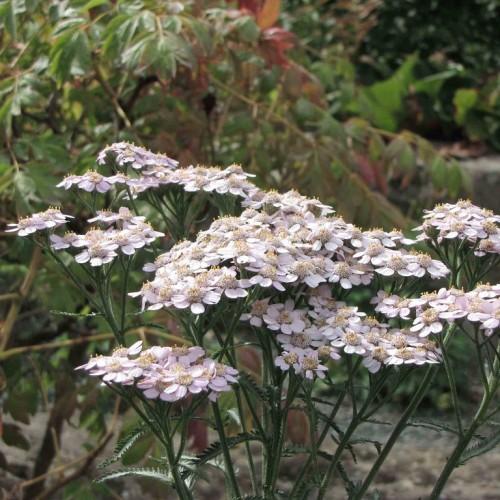
Siberian Yarrow
Achillea alpina
Watering:
Frequent
Hardiness Zone:
5
Flowers:
Flowers
Sun:
Partial Shade, Shade
Soil:
Clay, Loam
Leaf:
Yes
Growth Rate:
Low
Invasive:
Yes
Care Level:
Medium
watering
The Black Maple should be watered regularly and deeply, allowing the soil to dry slightly between waterings. Generally, water your Black Maple once every 7 to 10 days, but the exact timing may vary depending on the season and local conditions. In hot and dry conditions, water every 5 to 7 days. In cold and wet conditions, water every 10 to 14 days. Fertilize once a month during the growing season with a balanced fertilizer to help the plant reach its full growth potential.
sunlight
Black Maple trees prefer moderate amounts of sunlight, and require slightly longer periods of light than other types of maple. Generally, a Black Maple does best when it receives at least 4 hours of direct sunlight each day, ideally during the morning hours. Full sun is not necessary, as partial shade is tolerated. Too much direct sun in hot climates can cause leaf scorch or leaf burn, so ensure that adequate shade is present to protect the leaves and foliage.
pruning
Pruning of Black Maple (Acer nigrum) should generally be done in late winter or early spring when the tree is dormant. It is best to prune just before new growth appears. Severe pruning should be avoided, as it will create an unsightly overall shape and can stunt new growth. Pruning back only a few branches of the tree will help ensure a symmetrical shape and encourage growth. Proper care should be taken to avoid damaging or removing live buds.
